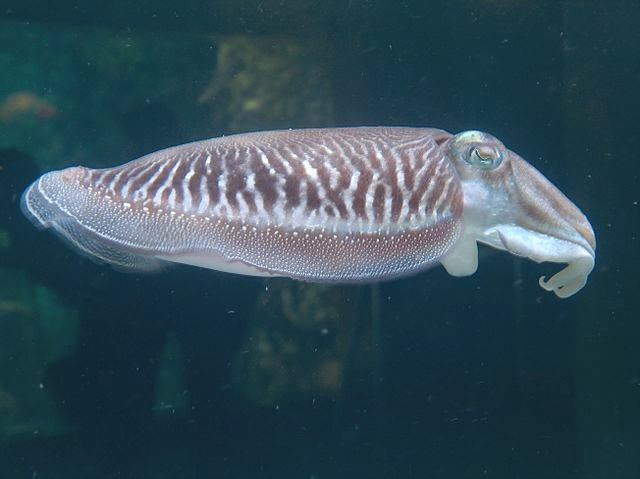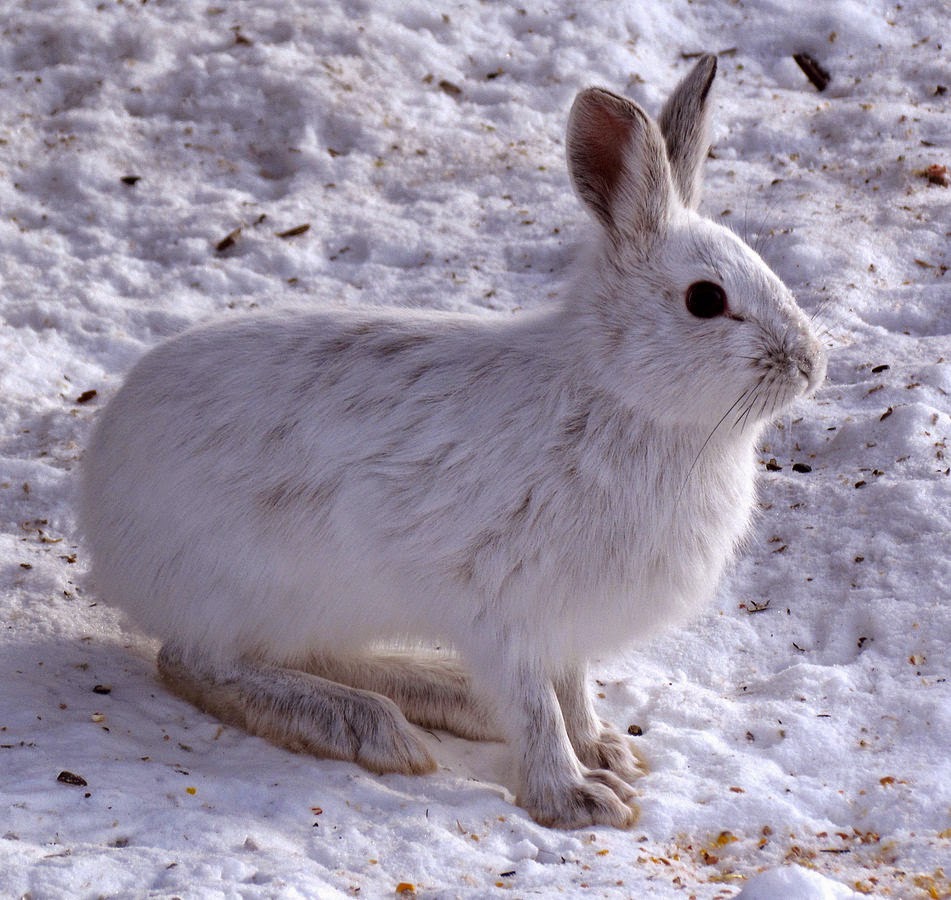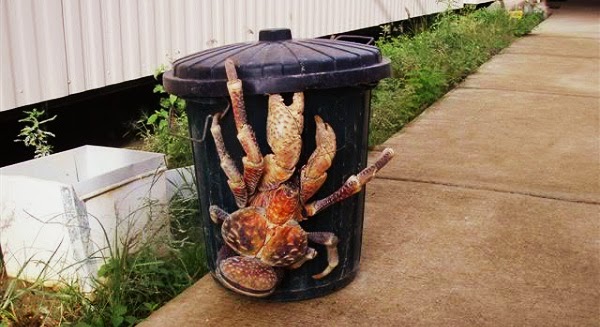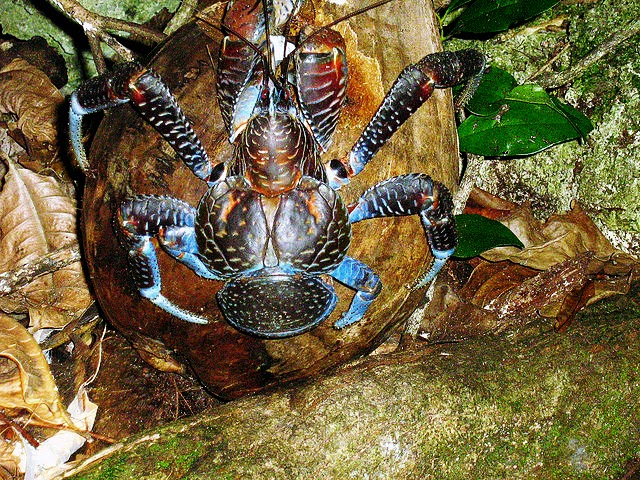 |
| The most famous celebrity in the 'camouflage' world. (Credit: Michel C Milinkovitch) |
The ability of some animals that can change
their colors whether in dealing with danger or under certain circumstances always
catches our intentions. This will helps us to understand more about the nature and
even something that can benefits us in the future.
In fact there are many species of animals that
has this ability from different groups of families – perhaps some animals more
popular than the other. Apart from just changing colors, animal such as
cuttlefish (cephalopods) go beyond by changing their physical too. Let us take
a closer looks the colors changes behavior across different animals.
The speed of the color changes in these animals
are different from few seconds to few weeks; cephalopods family known as the fastest color changer in the animal
kingdom. While chameleon will take longer time to change their color. In contrast
animals such as ‘ptarmigan’ or ‘snowshoe hare’ will change their colors according to the seasons – with the
cycle of the four seasons.
Thus changing colors and physical skills is one
of the important characteristics possessed by many living things on earth. Even
with different method, the act of converting this physical appearance is an
important skill in life, especially for small and medium sized animals to help
them to obtain food and avoiding enemies.
Here are
few types of animals that can change color;
Chameleons – there are many types of
chameleons that can live in the warm areas of Africa, Madagascar, South Europe,
and South Africa to Sri Lanka. It varies with the species of small lizard that
also can change their colors that know as ‘anoles’
– but in some countries peoples mistakenly thought them as chameleons.
Squid – squid together with the large
families of cephalopod species; including octopus, squid and cuttlefish, changing
color and resemble the surrounding environment are their specialist. The changes
will take effect in very short time with stunning result. Cephalopods use these
capabilities for hunting, camouflage and also for interaction between them.
 |
| Squid is the most skilled animal for changing color and physical. |
Fish – there are types of fishes too that
can change their color such as flounder and fish from group of ‘Acanthuridae’ that inhabit the coral
reefs. Flounder hunt in shallow water and the ability to their change colors
not just help them to hunt but actually to save them from their main predator;
an eagles.
 |
| Fish 'flounder' with similar environments. |
Bird – not many birds can change their
colors but ptarmigan will change their colors according to the seasons. Since
ptarmigan not a migrating bird like most other species of birds, adaptation to
their environment is very important. The different changes in their surrounding
make them easy target for enemies if their colors not change.
Mammals – for some mammals such as snowshoe
hare, Alaskan hare, Arctic hare and stoat change their colors as well as
ptarmigan to resemble their environment of white winter. This change make is
easier for them to hide from the enemies.
 |
| Snowshoe hare in winter. |
Amphibians – some frogs also have the ability
to change colors and the most known is the gray tree frog. Unlike any other
frogs, the gray tree frog spent their time on the trees. It will be easier for
them to be seen if their colors different from their surroundings.
Insects – apart from the animals mentioned above
insects are also having the ability to change their colors. There are several species
of spiders and beetles that can change their colors. Insect such as golden
tortoise beetle can change their color according to the seasons or when
disturbed.
 |
| The variety of colors 'golden tortoise beetle'. |
So now we know there are many animals and
insects that capable to change their colors and physicals for various purposes.
If previously you only knew some of these animals know we know there are many
of them that have these abilities in a wider scope. Although chameleon is the
most popular in the world of changing colors, cephalopods families are still
the champion in this competition.
















